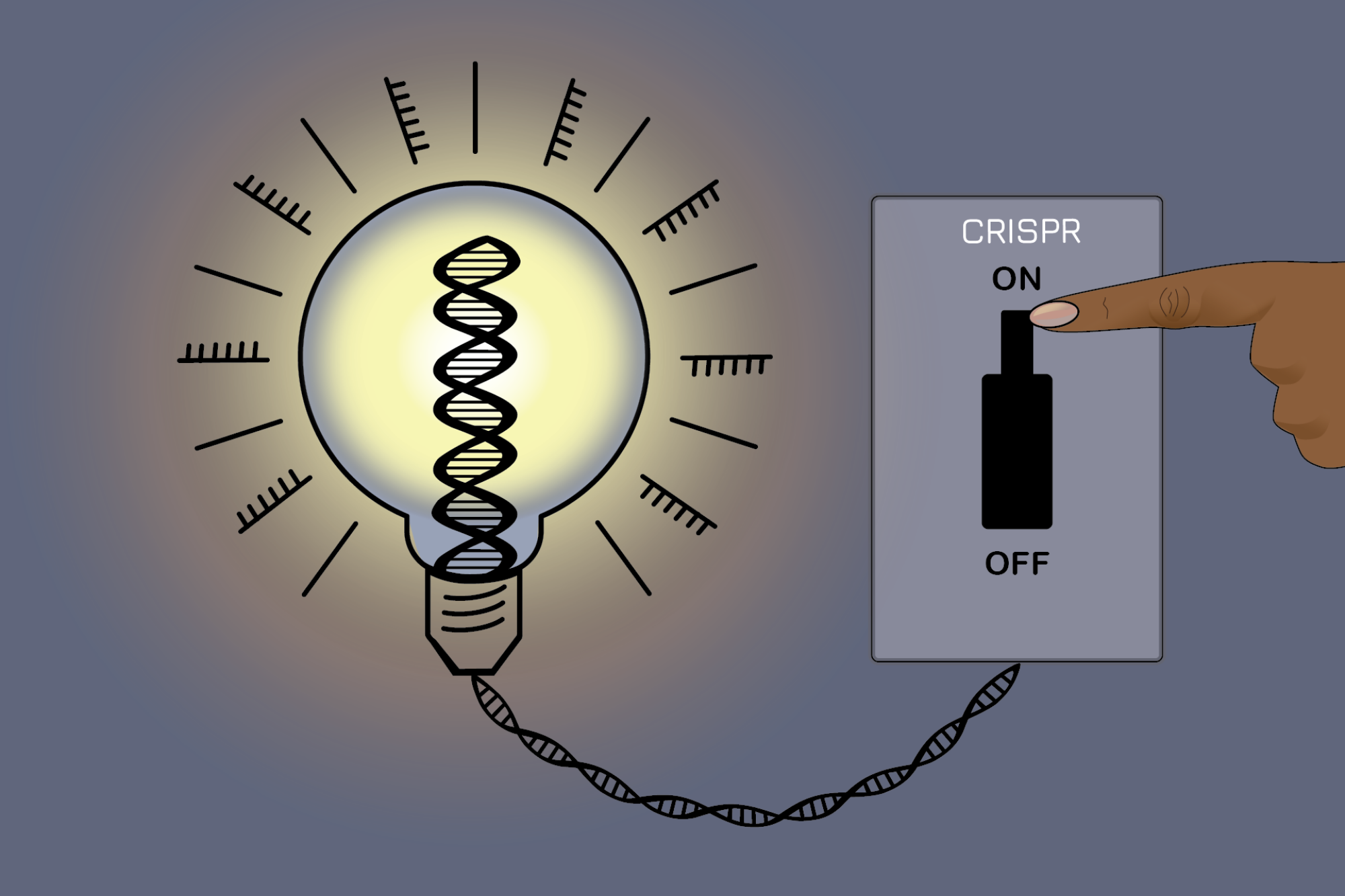How CRISPR Is Revolutionizing Genetic Engineering
 CRISPR, an acronym for Clustered Regularly Interspaced Short Palindromic Repeats, has emerged as one of the most groundbreaking tools in genetic engineering. Originally discovered as part of the immune system of bacteria, CRISPR has been adapted to allow scientists to edit genes with unprecedented precision and efficiency.
CRISPR, an acronym for Clustered Regularly Interspaced Short Palindromic Repeats, has emerged as one of the most groundbreaking tools in genetic engineering. Originally discovered as part of the immune system of bacteria, CRISPR has been adapted to allow scientists to edit genes with unprecedented precision and efficiency.
This innovation has opened up new avenues in medicine, agriculture, and biotechnology, promising solutions to some of humanity's most pressing challenges.
The Mechanism Behind CRISPR
At the core of CRISPR's functionality is the Cas9 protein, which acts like molecular scissors, cutting DNA at specific locations. The process begins with the identification of a target DNA sequence. Scientists design a guide RNA (gRNA) that matches the sequence they want to edit.
The Cas9 protein is then directed by the gRNA to the exact location in the DNA, where it makes a precise cut.
Once the DNA is cut, the cell's natural repair mechanisms kick in, and this is where the real magic happens. Scientists can manipulate the repair process to either disable a gene, correct a genetic mutation, or insert a new gene altogether.
Key Features of CRISPR Technology:
- Precision: CRISPR can target specific genes with a high degree of accuracy, minimizing off-target effects.
- Efficiency: The process of gene editing with CRISPR is faster and more efficient compared to previous methods.
- Versatility: CRISPR can be applied to virtually any organism, making it a versatile tool in genetic engineering.
Transforming Medicine with CRISPR
One of the most significant impacts of CRISPR is in the field of medicine, where it holds the potential to cure genetic diseases and improve human health. Researchers are exploring CRISPR's ability to correct mutations responsible for conditions like cystic fibrosis, sickle cell anemia, and muscular dystrophy.
In addition to treating genetic disorders, CRISPR is being used in cancer research to modify immune cells, enhancing their ability to target and destroy cancer cells.
Current and Potential Applications in Medicine:
- Gene Therapy: CRISPR-based therapies are being developed to directly correct genetic defects in patients' DNA, offering the potential for long-lasting cures.
- Oncology: CRISPR is being used to engineer T-cells, a type of immune cell, to recognize and attack cancer cells more effectively.
- Infectious Diseases: Researchers are investigating CRISPR's ability to edit viral genomes, offering a potential strategy to combat infections like HIV.
However, the use of CRISPR in medicine is not without ethical and technical challenges. Issues such as off-target effects, the long-term safety of edited genes, and the potential for unintended consequences must be thoroughly addressed before CRISPR-based therapies become mainstream.
Agricultural Advancements Through CRISPR
CRISPR's impact extends beyond medicine to agriculture, where it is being used to develop crops that are more nutritious, resilient, and sustainable. Traditional methods of crop breeding are time-consuming and often imprecise, but CRISPR allows for rapid and targeted improvements.
Key Contributions to Agriculture:
- Crop Enhancement: CRISPR is being used to create crops with improved yields, resistance to pests and diseases, and enhanced nutritional content. For example, scientists have used CRISPR to develop rice varieties that are resistant to blight, a disease that can devastate rice production.
- Sustainability: CRISPR can help reduce the environmental impact of agriculture by enabling the development of crops that require fewer chemical inputs, such as pesticides and fertilizers.
- Food Security: By improving the resilience and productivity of crops, CRISPR has the potential to play a critical role in addressing global food security challenges.
Despite these promising developments, the use of CRISPR in agriculture raises important ethical and regulatory questions. The potential for unintended consequences, such as the spread of genetically modified traits to wild species, must be carefully considered and managed.
The Future of CRISPR and Ethical Considerations
As CRISPR technology continues to advance, its potential applications are expanding into new and exciting areas. However, with great power comes great responsibility, and the ethical implications of CRISPR must be carefully considered.
Future Prospects:
- Gene Drives: CRISPR could be used to develop gene drives, which are genetic systems that increase the likelihood of a particular gene being passed on to future generations. This could be used to control populations of disease-carrying organisms, such as mosquitoes that spread malaria.
- De-extinction: Some scientists are exploring the possibility of using CRISPR to bring back extinct species by editing the genomes of closely related living species.
- Human Enhancement: The potential for CRISPR to be used for human enhancement, such as increasing intelligence or physical abilities, raises profound ethical questions.
Ethical and Regulatory Challenges:
- Germline Editing: Editing the genomes of human embryos raises concerns about the potential for unintended consequences and the possibility of creating designer babies.
- Access and Equity: The benefits of CRISPR technology must be distributed fairly, ensuring that it does not exacerbate existing inequalities.
- Biosafety: The potential risks of gene editing, such as the unintentional spread of edited genes in the environment, must be carefully managed through robust regulatory frameworks.
As CRISPR technology continues to evolve, it will be crucial for scientists, ethicists, and policymakers to work together to ensure that its benefits are realized while minimizing potential harms.
References
- Understanding CRISPR Technology
- CRISPR in Medicine: Current and Future Applications
- Ethical Considerations of CRISPR
- CRISPR and Gene Therapy
- Agricultural Applications of CRISPR
- CRISPR and Food Security
- CRISPR and Sustainability
- Gene Drives and CRISPR
- The Future of CRISPR in Biotechnology
- Ethical Issues in Gene Editing




























